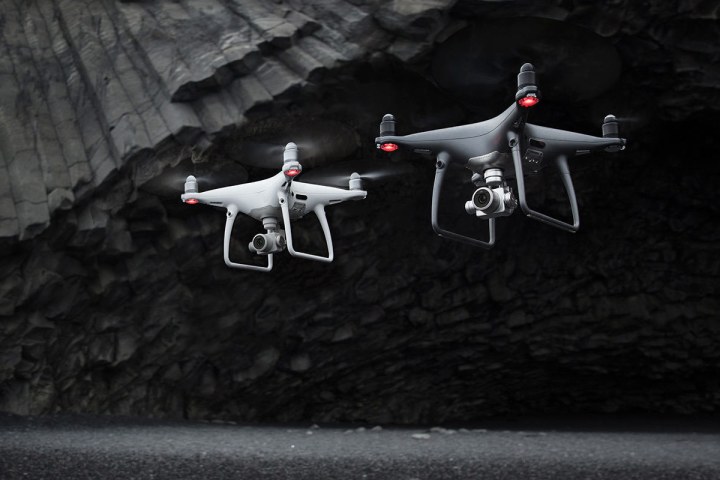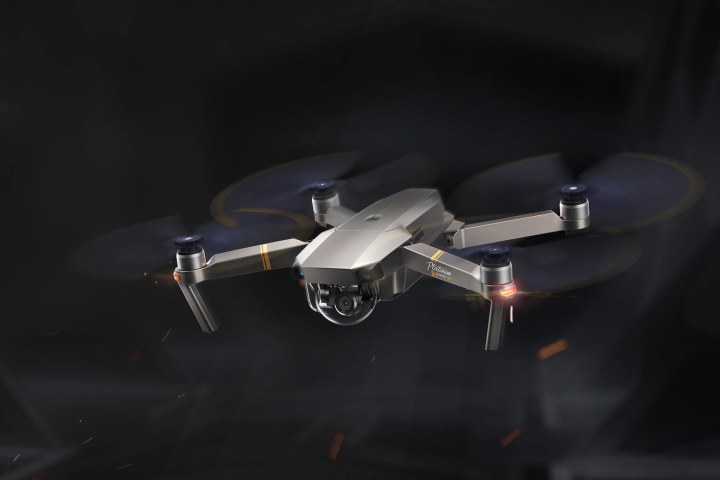
The Obsidian is just a regular Phantom 4 Pro redone in a stealthy, matte-gray shell. It looks fantastic, but is otherwise no different from the standard version, with the same physical and camera specifications, including 30-minute flight time and a 1-inch-type sensor that is good for 4K video at 60p. We are certainly not complaining; the Phantom 4 Pro was one of the best drones we ever tested.

The Mavic Pro Platinum, however, gains a few key features over the original Mavic Pro . First, flight time is now a solid 30 minutes on the Platinum, an increase of three minutes (or 11 percent) over the standard Mavic Pro. Operational noise has also decreased by four decibels, which DJI is hailing as a 60-percent reduction. Both the longer flight time and quieter operation are thanks to new electronic speed controllers (ESCs) and redesigned propellers that are more aerodynamic. The updated ESCs also provide sinusoidal current for smoother, more stable flight control. DJI says the new propellers will also work on the original Mavic Pro, albeit without the increased stability of the Platinum’s ESCs.
In addition to the two new drones, a firmware update for the DJI Spark, the company’s smallest drone, adds a new Sphere mode. In this mode, the drone will take a panoramic photo with a “fisheye-lens effect” that can be viewed as an interactive sphere through supported social media platforms, like Facebook, presumably. As for availability of the new feature, DJI simply says it is coming soon.
The two new drones are expected to begin shipping in September, with the Mavic Pro Platinum currently available for pre-order at a price of $1,099, $100 over the standard version of the drone. The DJI Phantom 4 Pro Obsidian will sell for $1,499, the same price as the regular model.




